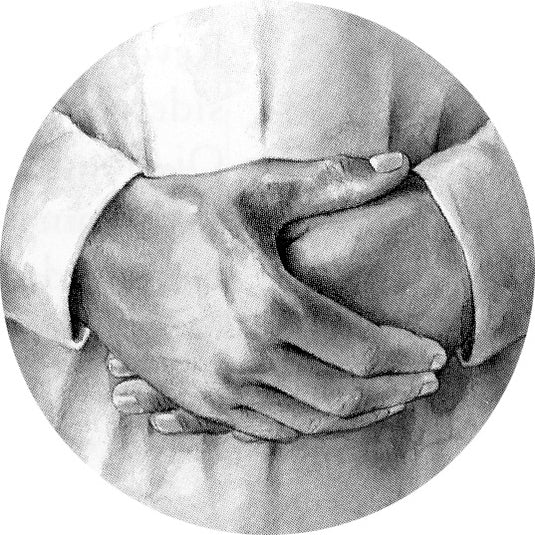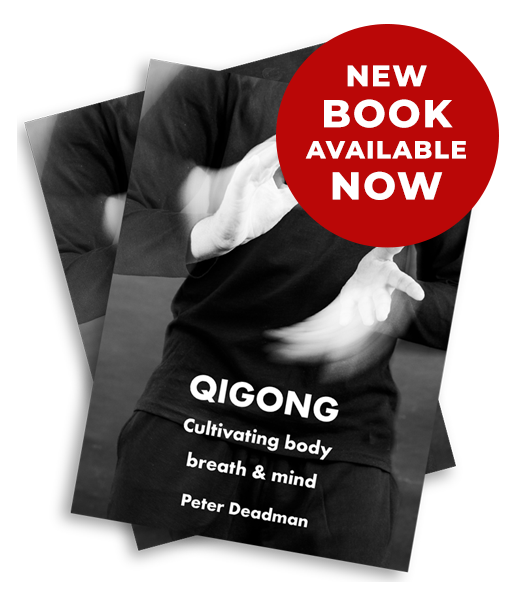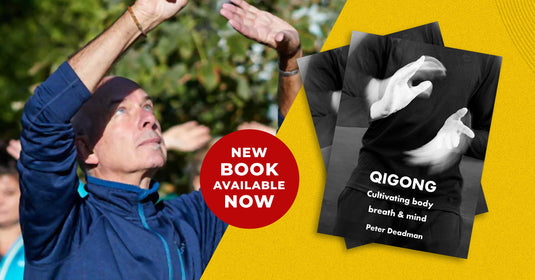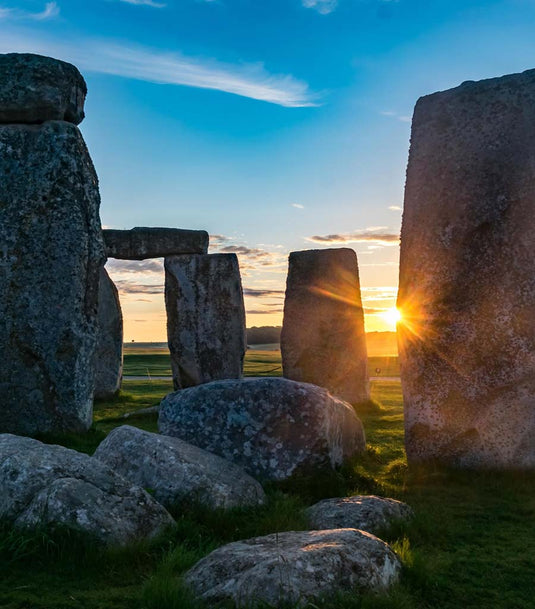Connecting to the dantian in the lower belly is a core practice in qigong and what are called the 'internal arts'. The following passage is taken from my new book Qigong: Cultivating Body, Breath & Mind
The lower dantian
In the practice both of qigong and internal alchemy what is known as the
lower dantian – ‘field of elixir’ or ‘cinnabar field’ – is considered a vital
energetic store, as well as the centre of gravity in the body.
The importance of the core in modern exercise and movement work is well
understood. From the Chinese martial arts perspective, it encompasses
the waist, lower back, hips, groins and lower abdomen, together known
as the yao. This is the area where power is generated. Major acupuncture
points are located here, for example Mingmen (Gate of Life) between the
second and third lumbar vertebrae, Guanyuan (Gate of Origin and also
known as Dantian) and Qihai (Sea of Qi), both on the midline of the lower
abdomen, and Shenque (Spirit Gate) in the centre of the umbilicus.
What could be called the ‘core of the core’ is the lower dantian deep inside
the belly. While it is sometimes imagined as a singular point, it can more
easily be experienced as an area, and quite a large one, which might
explain why its location varies from school to school. Some place it lying
deep within the lower abdomen at the level of the umbilicus, others [more
commonly] two to three inches below the umbilicus and also deep inside
the belly.
Probably the best way to locate it is simply to absorb the mind into the
lower abdomen between the front and back of the body and experience
what we find there. To do so, we need to be calm and softly focused
– finding the still centre within our depths. Lower abdominal breathing –
without strain – practised diligently will help build a pleasurable sensation
in the dantian. This is a feeling of deep rest, centredness and peace, and
also of aliveness, expansion, energy, gentle throbbing or other feelings we
struggle to find words for. By resting in the dantian and nourishing it with
breath, qigong offers a way to build our store of qi and jing.
According to traditional Chinese medicine, the area of the dantian is the
home of the bao (Room of Sperm) in males and the zi bao (Uterus) in
females. This suggests that generating quiet power in the dantian will
increase libido and enhance fertility.
Focusing on the dantian, and especially breathing into it, should be
practised in a natural and not overly-determined way. Like cultivating a
plant, it should not be forced.
The middle and upper dantian
Although – as is so common in Chinese traditions – there are a variety
of opinions, it is generally agreed that the middle dantian is located in
the chest at the level of the heart, or more precisely in the centre of the
chest between the two nipples in men, deep to the acupuncture point
Shanzhong (Chest Centre). The upper dantian is located within the brain
at the level of the eyebrows where the non-channel acupuncture Yintang
lies. In the Daoist tradition this is called the Niwan Palace, the central one of the nine palaces of the brain ‘where all the various spirits meet’.
Some qigong practitioners equate the middle dantian with the heart
centre – the home of compassion, love and empathy, and the upper
dantian with transcendence, intuition and intellect, and propose that all
three should be cultivated equally. However most of us, especially in the early stages of practice, need to establish our root by focusing on lowering
the centre of gravity, relaxing the chest and breathing into the lower
dantian. Doing so helps us build a strong foundation. Opening the heart or
focusing on the upper dantian before the root is well established may lead
to emotional and mental disharmony. Yet the long-term aim is to cultivate
all three dantian. Without opening the heart, we may become too earthbound
and risk being seduced by the physical and libidinal power of the
lower dantian. And without opening the upper dantian, we may neglect
the power of the unlimited mind.
Neidan – internal alchemy
The multiple historical and modern practices which co-exist under the
umbrella term qigong span a spectrum from powerful physical practices
at one end to quiet and still internal ones at the other. Here they sometimes
merge into more esoteric practices found in the neidan (internal
alchemy) tradition, also known as the Way of the Golden Elixir.
In neidan practice the lower dantian is known as the stove (or golden
stove), a name deriving from the practice of waidan - external alchemy,
considered the precursor of chemistry. Early Daoists sought to create
a material elixir to prolong life and even confer immortality by refining
minerals and metals in a crucible. Dan means cinnabar and as in
Indian, Tibetan, Muslim and European alchemy, one of the most important
substances for the Daoists was mercury for which cinnabar is the
main source.
However the toxic nature of many of these elixirs, and the death from
poisoning which followed, meant that the focus turned to neidan – internal
alchemy – with the aim of creating a powerful medicine (the elixir)
within the body itself, primarily through breathing, visualisation and deep
meditation.
Neidan practices are complex and their effects can be powerful and should
only be engaged in under the guidance of an experienced teacher. In
fact like all practices that focus on deliberately generating qi with mind
concentration and visualisation, it is best to first build a strong body and
resilient nervous system before attempting them.




